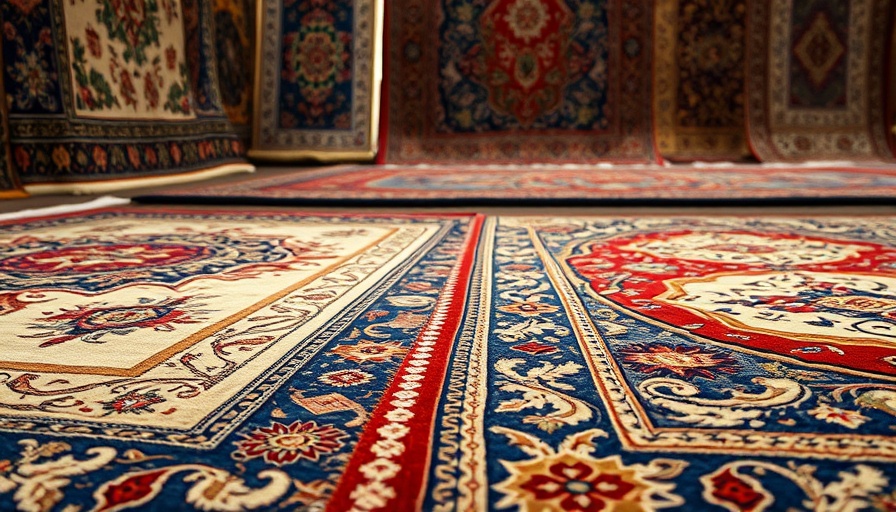
Understanding SPC vs WPC Flooring: Which is Right for Your Home?
When it comes to upgrading your flooring, homeowners are often caught in the crossfire of choices. Among the most popular options in the vinyl flooring market are SPC (Stone Plastic Composite) and WPC (Wood Plastic Composite). Both types are renowned for being water-resistant but cater to different needs and preferences. This article will help you understand the subtle yet significant differences between these two stylish alternatives to hardwood and tile flooring.
A Deep Dive into the Layers: How These Floors Are Constructed
To appreciate the distinctions between SPC and WPC, it’s essential to understand their construction.
SPC flooring consists of four main layers: 1. **Backing Layer**: This foundation offers durability and often comes with an attached underlayment for added comfort. 2. **SPC Core**: Rain, spills, and moisture are no match for its solid, water-resistant core, which prevents swelling and creasing. 3. **Printed Vinyl Layer**: This layer gives SPC flooring its beautiful aesthetic, resembling stone or wood. 4. **Wear Layer**: This is like a hard armor for your floor, protecting it against everyday wear and tear. Longer-lasting wear layers are preferable for heavy-use areas.
WPC, while similar, has its unique flair and construction: 1. **Backing Layer**: Like SPC, WPC starts with a foundational layer, often padded for comfort. 2. **WPC Core**: More flexible yet still water-resistant, the WPC core brings comfort underfoot, which is particularly valued in cozy home environments. 3. **Printed Vinyl Layer**: The printed surface also resembles wood or stone, providing a rich aesthetic. 4. **Wear Layer**: Just like SPC, WPC has a protective layer that combats wear and tear, ensuring longevity.
Feature-wise Comparison: Cost, Comfort, and Uses
Cost: Generally, WPC flooring comes with a heftier price tag, attributed to its comprehensive comfort features. Conversely, SPC is often more budget-friendly without sacrificing quality, making it appealing for home renovations on a budget.
Feel: The SPC is more rigid, which can feel cold and hard underfoot. In contrast, WPC offers a more flexible and warm feel, a desirable trait in winter months.
Usage: WPC is particularly well-suited for indoor spaces where comfort is key, such as bedrooms or living rooms, while SPC can be a solid choice for areas that encounter more moisture, like bathrooms and kitchens.
Why Does This Matter? Making the Right Choice
Choosing between SPC and WPC flooring can significantly affect your home’s aesthetic and functional life. For families or individuals who prioritize comfort, particularly in colder climates, WPC may be the clear winner. However, for those focused on durability and budget, SPC could be the smarter investment.
What Every Homeowner Should Know
While both SPC and WPC flooring offer advantages, understanding their strengths in the context of your home is crucial. This knowledge can empower homeowners to make decisions that enhance not just the look of their living space but also its comfort, usability, and value.
In the ever-evolving world of flooring, being armed with the right information enables homeowners to elevate their spaces effectively. Whichever option you choose, both SPC and WPC flooring have something unique to offer.
Take Action Now!
Are you ready to transform your home’s flooring? Consider your lifestyle, budget, and comfort preferences. Explore your options further—visit a local flooring expert or browse online resources to dive deeper into SPC and WPC choices today!
 Add Row
Add Row  Add
Add 




Write A Comment